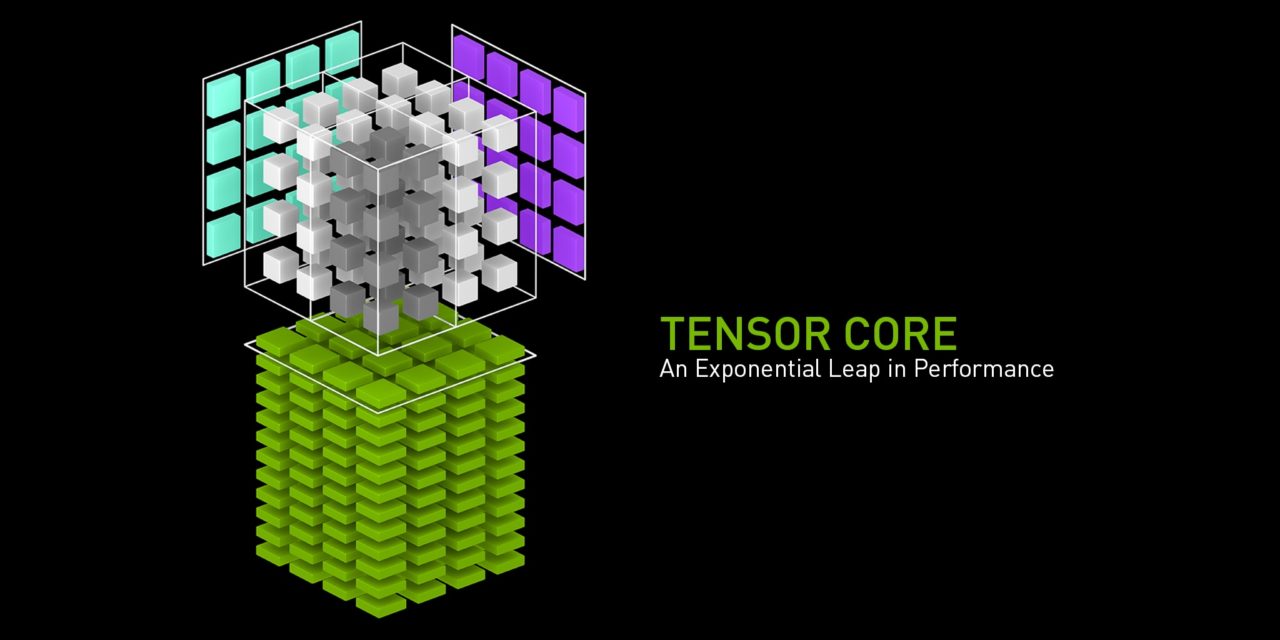Using the new dotnet fsi from .NET Core 3 Preview 3 in Visual Studio Code
One of the great new F# tools in .NET Core 3 Preview 3 is F# interactive as pure .NET Core application.
To use dotnet fsi in your Visual Studio
Code with the Ionide F# IDE
plugin instead of the fsharpi binary, add the following
to your user settings.json:
|
|
Remember to replace fsiFilePath with wherever your .NET Core 3 dotnet
binary is installed. (On mac and Linux, do which dotnet, on Windows where dotnet to find out.)

